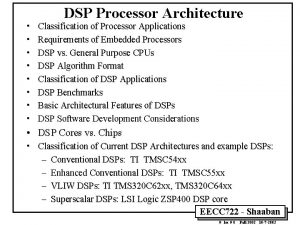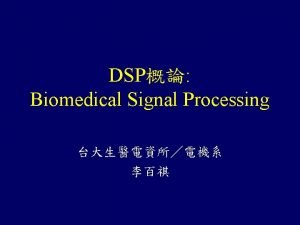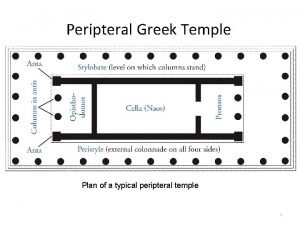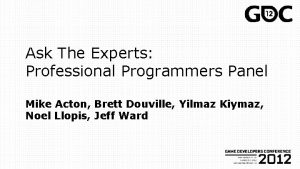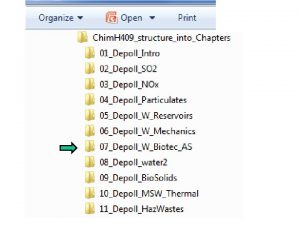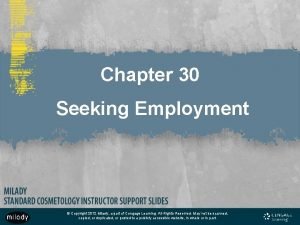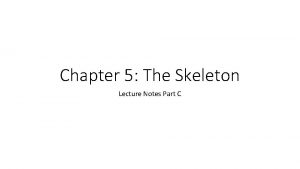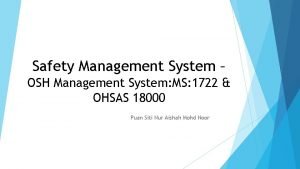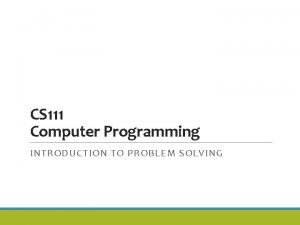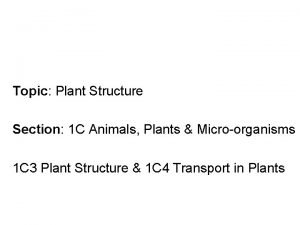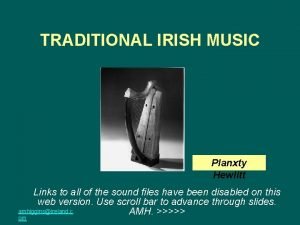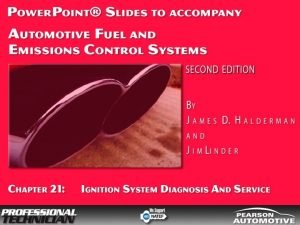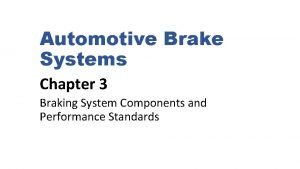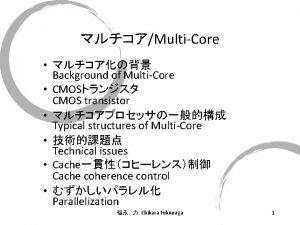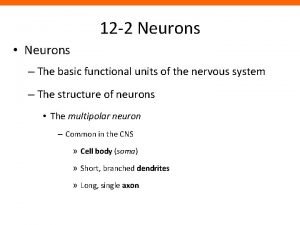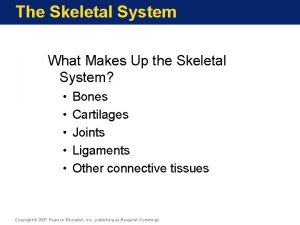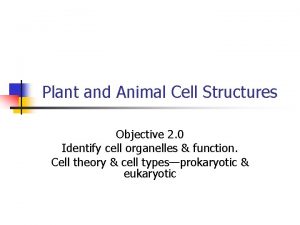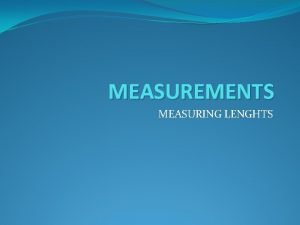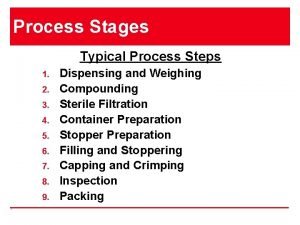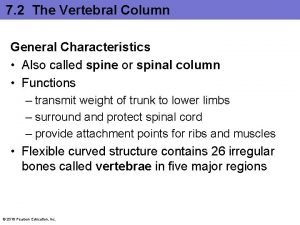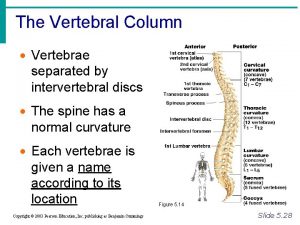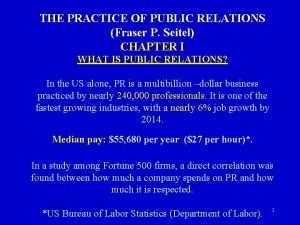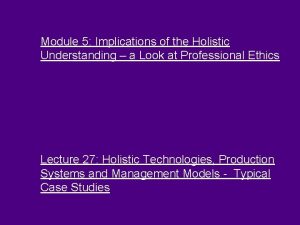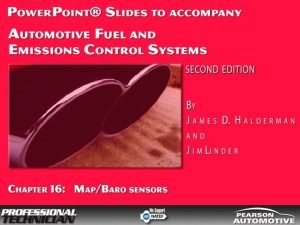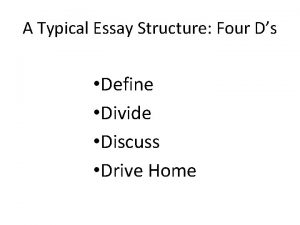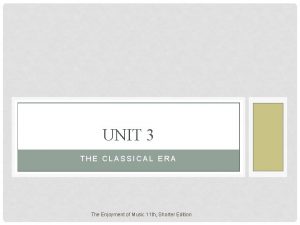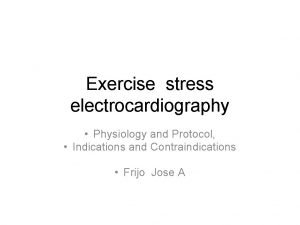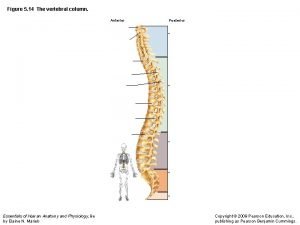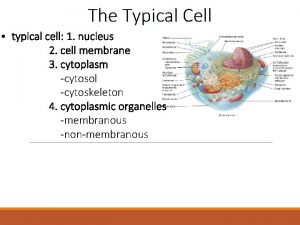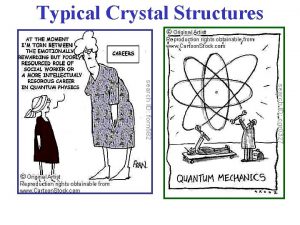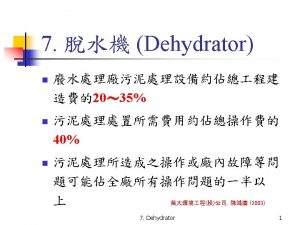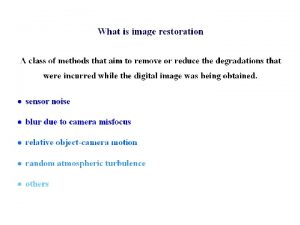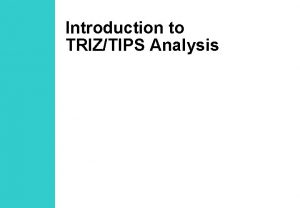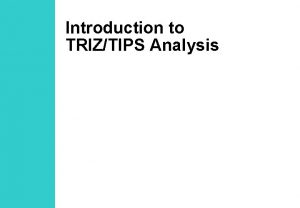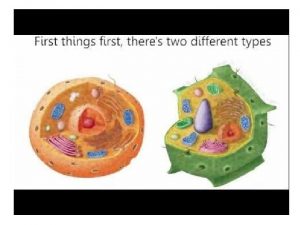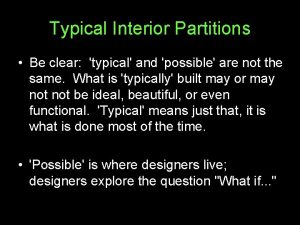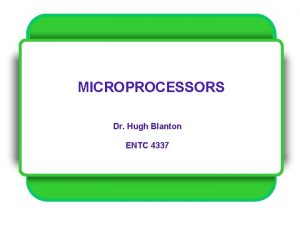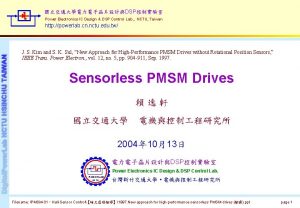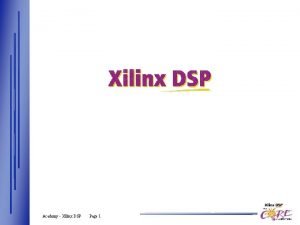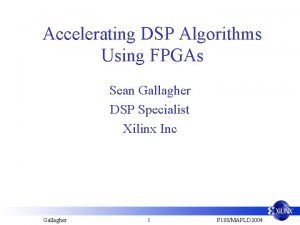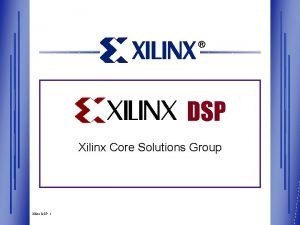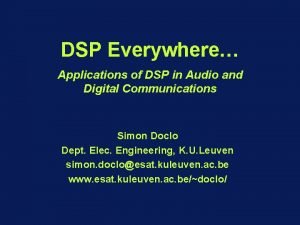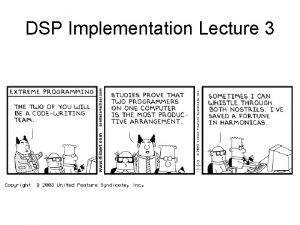DSP markets DSP markets Typical DSP application TI


























































- Slides: 58

DSP markets

DSP markets

Typical DSP application

TI DSP History: Modem applications 1982 TMS 32010, TI introduces its first programmable general-purpose DSP to market • Operating at 5 MIPS. • It was ideal for modems and defense applications. 1988 TMS 320 C 3 x, TI introduces the industry’s first floating-point DSP. • High-performance applications demanding floating-point performance include voice/fax mail, 3 -D graphics, bar-code scanners and video conferencing audio and visual systems. • TMS 320 C 1 x, the world’s first DSP-based hearing aid uses TI’s DSP.

TI DSP History: Telecommunications applications 1989 TMS 320 C 5 x, TI introduces highest performance fixedpoint DSP generation in the industry, operating at 28 MIPS. • The ‘C 5 x delivers 2 to 4 times the performance of any other fixed-point DSP. • Targeted to the industrial, communications, computer and automotive segments, the ‘C 5 x DSPs are used mainly in • cellular and cordless telephones, • high-speed modems, • printers and • copiers.

TI DSP History: Automobile applications 1992 DSPs become one of the fastest growing segments within the automobile electronics market. The math-intensive, real-time calculating capabilities of DSPs provide future solutions for • • • active suspension, closed-loop engine control systems, intelligent cruise control radar systems, anti-skid braking systems and car entertainment systems. Cadillac introduces the 1993 model Allante featuring a TI DSP-based road sensing system for a smoother ride, less roll and tighter cornering.

TI DSP History: Hard Disk Drive applications 1994 DSP technology enables the first uniprocessor DSP hard disc drive (HDD) from Maxtor Corp. the 171 -megabyte PCMCIA Type III HDD. • By replacing a number of microcontrollers, drive costs were cut by 30 percent while battery life was extended and storage capacity increased. • In 1994, more than 95 percent of all high performance disk drives with a DSP inside contain a TI TMS 320 DSP. 1996 TI's T 320 C 2 x. LP c. DSP technology enables Seagate, one of the world’s largest hard disk drive (HDD) maker, to develop the first mainstream 3. 5 -inch HDD to adopt a uniprocessor DSP design, integrating logic, flash memory, and a DSP core into a single unit.

TI DSP History: Internet applications 1999 Provides the first complete DSP-based solution, for the secure downloading of music off the Internet onto portable audio devices, with Liquid Audio Inc. , the Fraunhofer Institute for Integrated Circuits and San. Disk Corp. Announces that SANYO Electric Co. , Ltd. will deliver the first Secure Digital Music Initiative (SDMI)-compliant portable digital music player based on TI's TMS 320 C 5000 programmable DSPs and Liquid Audio's Secure Portable Player Platform (SP 3). Announces the industry's first 1. 2 Volt TMS 320 C 54 x DSP that extends the battery life for applications such as cochlear implants, hearing aids and wireless and telephony devices.


Typical DSP application

DSP - Architecture Characteristics DSP architecture is designed to solve one problem well • Digital filters (FIR, IIR, and FFTs) • In Real-Time Architecture features added to speed up this problem MAC: multiply & accumulator, speedup FIR tap Circular buffer: speedup shifting FIR delay registers RISC based: single clock per instruction Harvard Architecture: separate instruction & data Word orientated Disadvantages (not a general purpose computer) slow character processing No multi-user operating system support No virtual memory, no translate lookside tables No memory page protection (Read, Write, Execute)




Von Neuman & Harvard Architectures ALU I/O Address bus ALU I/O Data bus instructions and instructions data Von Neuman architecture Area efficient but requires higher bus bandwidth because instructions and data must compete for memory. Harvard architecture was coined to describe machines with separate memories. Speed efficient: Increased parallelism.





Reduced Instruction Set Computer RISC - Reduced Instruction Set Computer By reducing the number of instructions that a processor supports and thereby reducing the complexity of the chip, it is possible to make individual instructions execute faster and achieve a net gain in performance even though more instructions might be required to accomplish a task. RISC trades-off instruction set complexity for instruction execution timing.

RISC Features Large register set: having more registers allows memory access to be minimized. Load/Store architecture: operating data in memory directly is one of the most expensive in terms of clock cycle. Fixed length instruction encoding: This simplifies instruction fetching and decoding logic and allows easy implementation of pipelining. All instructions are register-to-register format except Load/Store which access memory All instructions execute in a single cycle save branch instructions which require two. Almost all single instruction size & same format.

Complex Instruction Set Computer CISC - Complex Instruction Set Computer Philosophy: Hardware is always faster than the software. Objective: Instruction set should be as powerful as possible With a power instruction set, fewer instructions needed to complete (and less memory) the same task as RISC. CISC was developed at a time (early 60’s), when memory technology was not so advanced. Memory was small (in terms of kilobytes) and expensive. But for embedded systems, especially Internet Appliances, memory efficiency comes into play again, especially in chip area and power.

Comparison CISC RISC Any instruction may reference memory Only load/store references memory Many instructions & addressing modes Few instructions & addressing modes Variable instruction formats Fixed instruction formats Single register set Multiple register sets Multi-clock cycle instructions Single-clock cycle instructions Micro-program interprets instructions Hardware (FSM) executes instructions Complexity is in the micro-program Complexity is in the compiler Less to no pipelining Highly pipelined Program code size small Program code size large

Which is better RISC Or CISC ?

Analogy (Chakravarty, 1994) Construct a 5 foot wall Method A: a large amount of small concrete blocks. Method B: a few large concrete blocks. Which method is better? The amount of work done in either method is equal Method A: more blocks to stack but easier and faster to carry. Method B: fewer blocks to stack but the process is slowed by the weight of each block. The distinction is in the dispersal of the work done.

RISC versus CISC RISC machines: SUN SPARC, SGI Mips, HP PA-RISC CISC machines: Intel 80 x 86, Motorola 680 x 0 What really distinguishes RISC from CISC these days lies in the architecture and not in the instruction set. CISC occurs whenever there is a disparity in speed between CPU operations and memory accesses due to technology or cost. What about combining both ideas? Intel 8086 Pentium P 6 architecture is externally CISC but internally RISC & CISC! Intel IA-64 executes many instructions in parallel.

Pipelining (Designing…, M. J. Quinn, ‘ 87) Instruction Pipelining is the use of pipelining to allow more than one instruction to be in some stage of execution at the same time. Cache memory is a small, fast memory unit used as a buffer between a processor and primary memory Ferranti ATLAS (1963): Pipelining reduced the average time per instruction by 375% Memory could not keep up with the CPU, needed a cache.

Pipelining versus Parallelism (Designing…, M. J. Quinn, ‘ 87) Most high-performance computers exhibit a great deal of concurrency. However, it is not desirable to call every modern computer a parallel computer. Pipelining and parallelism are 2 methods used to achieve concurrency. Pipelining increases concurrency by dividing a computation into a number of steps. Parallelism is the use of multiple resources to increase concurrency.

Pipelining is Natural! • Laundry Example • Ann, Brian, Cathy, Dave each have one load of clothes to wash, dry, and fold • Washer takes 30 minutes • Dryer takes 30 minutes • “Folder” takes 30 minutes • “Stasher” takes 30 minutes to put clothes into drawers A B C D

Sequential Laundry 6 PM T a s k O r d e r A 7 8 9 10 11 12 1 2 AM 30 30 30 30 Time B C D • Sequential laundry takes 8 hours for 4 loads • If they learned pipelining, how long would laundry take?

Pipelined Laundry: Start work ASAP 6 PM T a s k O r d e r 7 8 9 30 30 10 11 12 Time A B C D • Pipelined laundry takes 3. 5 hours for 4 loads! 1 2 AM

Pipelining Lessons 6 PM T a s k 8 9 Time 30 30 A B O r d e r 7 C D • Pipelining doesn’t help latency of single task, it helps throughput of entire workload • Multiple tasks operating simultaneously using different resources • Potential speedup = Number pipe stages • Pipeline rate limited by slowest pipeline stage • Unbalanced lengths of pipe stages reduces speedup • Time to “fill” pipeline and time to “drain” it reduces speedup • Stall for Dependences

Memory Hierarchy Pipelining Cache memory Primary real memory Virtual memory (Disk, swapping) Cheaper More Capacity Faster Registers

Ideal Pipelining Assume instructions are completely independent! IF DCD IF EX DCD IF MEM WB EX MEM DCD IF DCD Maximum Speedup Number of stages Speedup Time for unpipelined operation Time for longest stage WB
























 Architecture of dsp processor
Architecture of dsp processor Dsp biomedical
Dsp biomedical Peripteral greek temple
Peripteral greek temple Typical c++ bullshit
Typical c++ bullshit Typical graph
Typical graph Typical school day
Typical school day Log book entries example
Log book entries example European city model
European city model A typical film
A typical film Eukaryotic plant cell
Eukaryotic plant cell Typical composition of untreated domestic wastewater
Typical composition of untreated domestic wastewater Chapter 32 the salon business milady answers
Chapter 32 the salon business milady answers Resiliencu
Resiliencu Chapter 5 the skeletal system figure 5-13
Chapter 5 the skeletal system figure 5-13 Snow job tactic
Snow job tactic Ms 1722
Ms 1722 A typical programming tasks can be divided into two phases
A typical programming tasks can be divided into two phases Typical gd comprises of a small group of candidates
Typical gd comprises of a small group of candidates Codes and conventions of a short film
Codes and conventions of a short film Flowering plant diagram
Flowering plant diagram Typical bar of rhythm reel
Typical bar of rhythm reel What does jennifer peters do on a typical day? (site 1)
What does jennifer peters do on a typical day? (site 1) Typical primary coil resistance specifications
Typical primary coil resistance specifications Intensity of market coverage
Intensity of market coverage Contracting band brake
Contracting band brake Describe data and process modeling concepts and tools
Describe data and process modeling concepts and tools In a typical asme welder qualification test
In a typical asme welder qualification test Elements of fiction short story
Elements of fiction short story Typical background
Typical background Function of multipolar neuron
Function of multipolar neuron Figure 6-2 structure of a typical bone
Figure 6-2 structure of a typical bone Structure of animal cell diagram
Structure of animal cell diagram Typical chest pain
Typical chest pain Choose the appropriate metric unit to measure each item
Choose the appropriate metric unit to measure each item Typical process
Typical process Vertebral arch
Vertebral arch Spinous processes
Spinous processes The typical cell
The typical cell Typical eukaryotic cell
Typical eukaryotic cell Typical soil composition
Typical soil composition A typical home in the northern us might require 120 mbtu
A typical home in the northern us might require 120 mbtu Parapet roof framing
Parapet roof framing What is the correct sequence in a typical reflex arc
What is the correct sequence in a typical reflex arc Partition of inlet of thorax
Partition of inlet of thorax Standard drawing scales
Standard drawing scales Phases of a typical sps methodology roadmap
Phases of a typical sps methodology roadmap Seitel public relations
Seitel public relations Holistic technology in human values
Holistic technology in human values A typical map compares the vacuum in the intake manifold to
A typical map compares the vacuum in the intake manifold to Document
Document Typical essay
Typical essay A typical sequence of movements in a classical concerto is
A typical sequence of movements in a classical concerto is Typical chest pain
Typical chest pain Typical vertebra superior view
Typical vertebra superior view Typical skills
Typical skills Tara schenck
Tara schenck Structural and functional classification of joints
Structural and functional classification of joints Organic organizational chart
Organic organizational chart Typical hungarian breakfast
Typical hungarian breakfast
